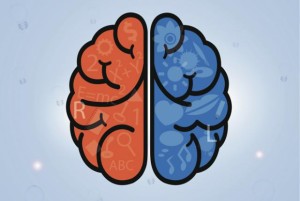Can You Really Be Left Brained or Right Brained?
by Lucas Reilly
The brain, of course, is split into two hemispheres. But is there such a thing as being right-brained or left-brained?
PERSONALITY
Whether you’re a “right-sided” creative type or a “left-leaning” number junkie, one hemisphere doesn’t dominate the other to determine your personality. In fact, most neuroscientists never accepted the idea in the first place. Your brain is too smart for that. It’d be wasteful to have one side work harder and better than the other.
Still, the left-right theory has survived for years. It became popular when Nobel prize winner Roger W. Sperry started studying epilepsy. He discovered that snipping the corpus callosum—a band of fibers that connects the left and right hemispheres—could curb seizures. But it also caused some strange behavior, leading Sperry to believe that different halves of the brain controlled different activities. (Before this, scientists believed that the left side was all that mattered, and the right side of the brain was merely “a sleeping partner.”)
Sperry warned us not to treat his findings as dogma. He said the theory was “an idea in general with which it is very easy to run wild.” But run wild it did. Media outlets went nuts over Sperry’s story, perpetuating a myth that both halves of your brain work in isolation.
PHYSIOLOGY
Here’s the truth: No matter what your personality type may be, you use both parts of your brain almost all the time. Researchers at the University of Utah found that brain activity in both hemispheres is basically the same. One side of your brain does not compete with the other. If anything, it complements it.
Of course, brain mapping studies show that different regions of the noggin do control different activities. But one side is rarely stronger than the other—and one side rarely owns a monopoly on certain skills. Math skills, for example, are a hallmark “left brained” talent. Both sides, though, have a hand in making you a math whiz (the left side helps you count while the right side helps you estimate numbers). Meanwhile, in the language department, the left side helps you understand syntax while the right side helps you understand nuanced cues, like speech inflections. The hemispheres work together for efficiency.
According to the American Physiological Association, there’s evidence that more creative people tend to have less lateralized brains—meaning that the two hemispheres share more of the processing. But even then, the left brain/right brain issue isn’t simple: Some people have their brains reversed or are missing half of their brain and still do OK.
April 25, 2014 – 9:30am
 True words translations
True words translations

Recent Comments